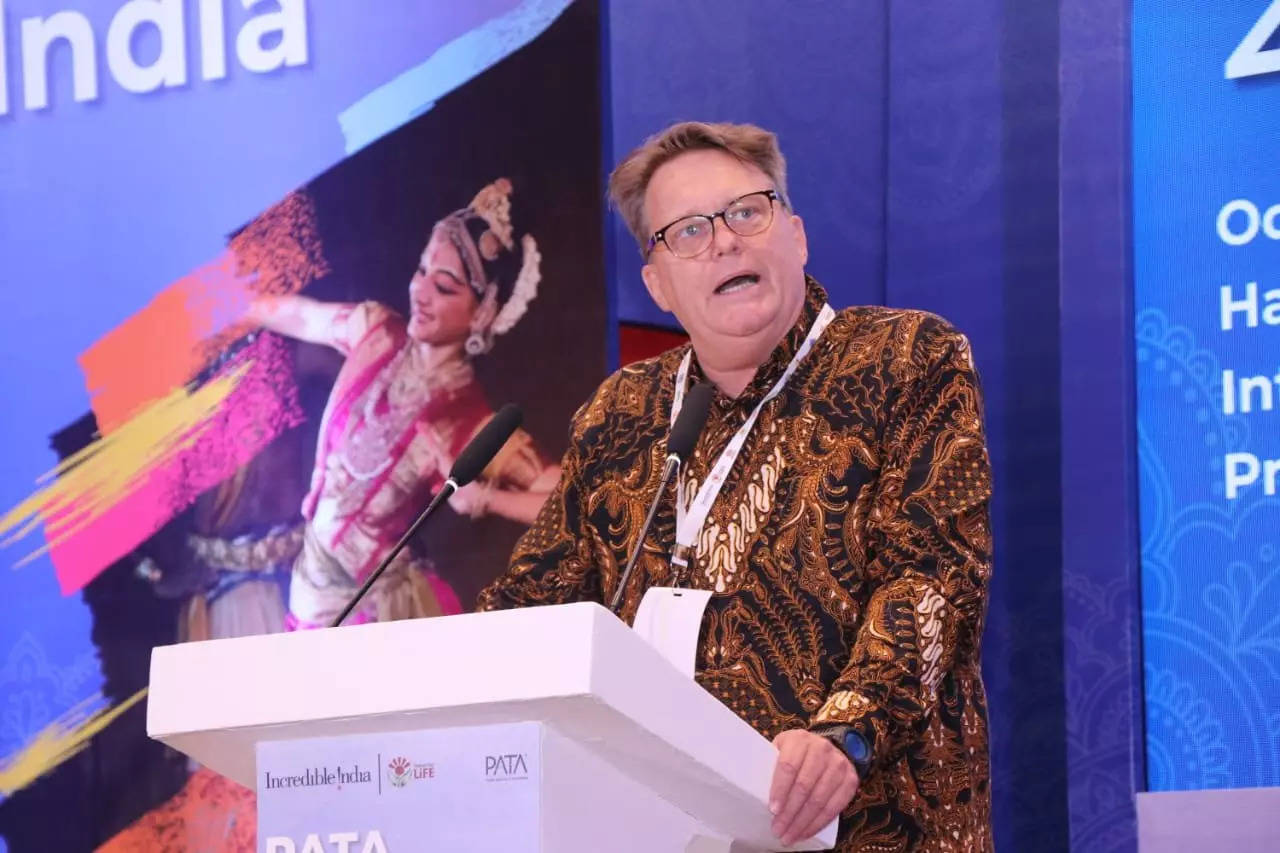Expressing confidence in India‘s booming tourism industry, Peter Semone, Chairman of the Pacific Asia Travel Association (PATA), spoke about the vision for India’s burgeoning tourism sector. Semone disclosed that India is steadfastly aiming to attract 20 billion domestic tourists and 100 million foreign tourists by 2046, adding that the country has immense potential in the tourism space.
Semone expressed optimism regarding India’s rapid expansion in the tourism sector, stating, “Tourism in India is big now and going forward, it is going to be even bigger. The ambition of 20 billion domestic visitors seems massive, given the size of India,” he told ETTravelWorld.
In recent years, the domestic tourism market in India has undergone significant expansion, with a remarkable surge in spending. In the aftermath of the pandemic and the subsequent lockdowns, domestic travel played a pivotal role in the recovery of the tourism industry. This upward trend is expected to continue, with domestic spending projected to account for nearly 90 per cent of the sector’s revenue by 2028, surpassing international tourism, according to a latest survey.
“The country has also set the vision of welcoming 100 million foreign tourists which seems realistic too, as people start to discover Incredible India, more will want to travel,” Semone added.
While foreign tourists contribute to the India tourism sector’s growth, their share remains relatively limited when compared to leading global destinations. To increase the share in that space, Semone emphasised the need to showcase India’s diversity to the world. “For the people who still don’t know India well, there is actually a need to understand its vast diversity. But as the lure of India’s tourism catches on, the inbound market will continue to increase as well,” he shared.
In the wake of the pandemic, Semone also shed light on the evolving preferences of Indian travellers, particularly the increasing spending power of the country’s burgeoning middle class. “Only about 4 per cent of Indians actually travel domestically and internationally. This 4 per cent of 1.6 billion is a lot. But imagine if it gets up to 50 per cent or 60 per cent, India’s ambition to get target footfalls will be an easy-to-achieve goal,” he commented. Speaking about Indian tourists’ interactions with the Indonesian tourism sector, Semone, who resides in Bali, noted that Indians love to come to Indonesia but are a bit demanding. “I spoke to my Balinese friends in the industry about what it’s like dealing with Indian visitors. I got mixed reactions. Even though Indians are pleasant, sometimes their expectations are too high for what people are able to deliver.”
While expressing his unwavering trust in the Indian market, Semone urged Indian travellers to exhibit patience and responsibility towards both the destination and the locals. “Now that Indians are going all out and about and also taking up serious sustainability talks, there is a need for them to become responsible travelers,” he said.
Additionally, Semone recognised the challenges of catering to Indian travellers, such as dietary restrictions, and urged destinations to adapt to these needs, given the fact that the Indian market is predicted to dominate the outbound travel space in the coming years.
Semone was speaking on the sidelines of the 46th edition of PATA Travel Mart in Delhi where he also praised the Travel for Life programme, describing it as a great initiative worth replicating worldwide. He emphasised how India’s culture resonates across Asia, making this initiative timely and advantageous.
In the context of marketing tourism products, Semone emphasised the need for Ministries of Tourism, both in India and across the Asia Pacific region, to adapt to changing travel segmentation trends and employ more nuanced marketing strategies.



